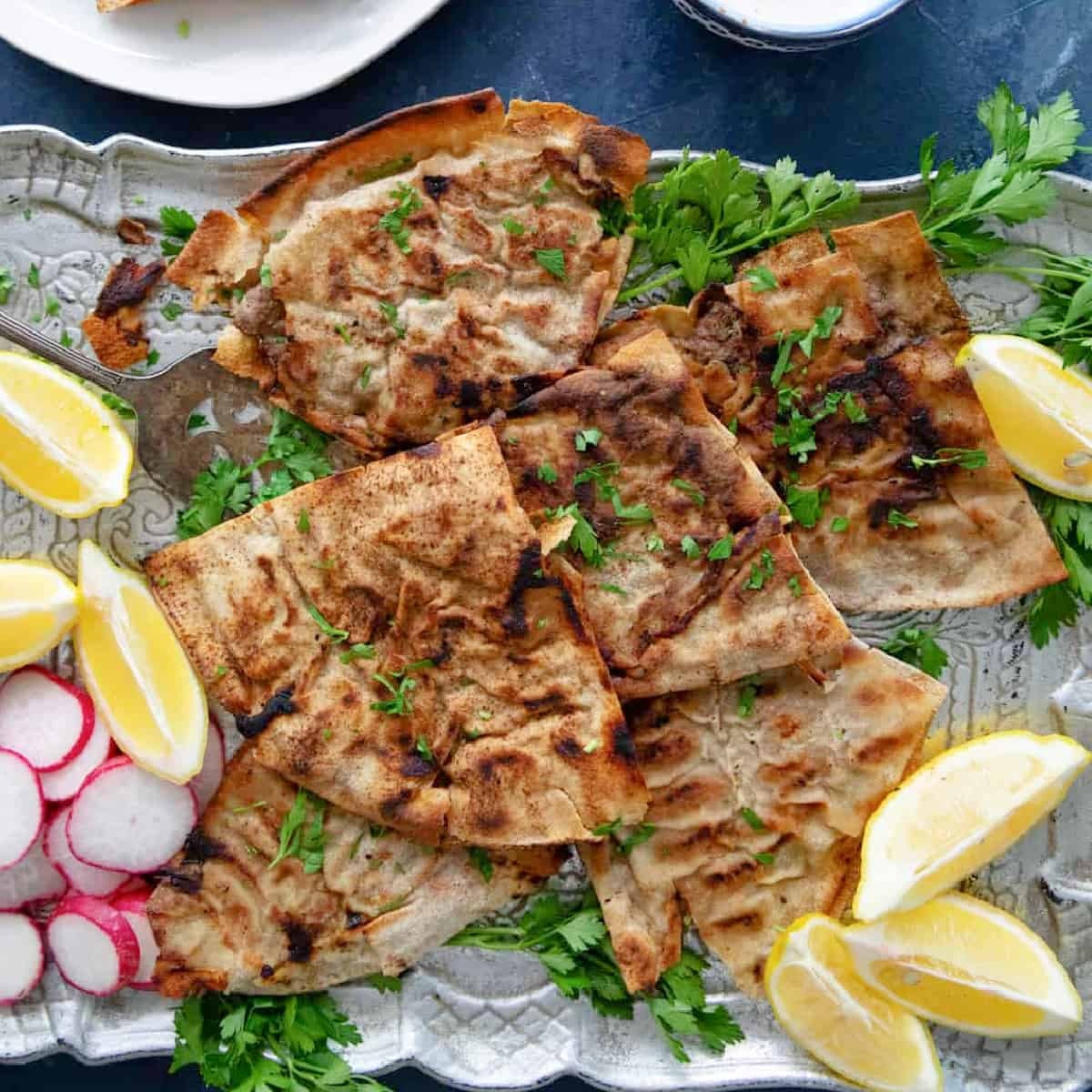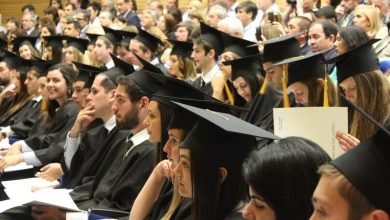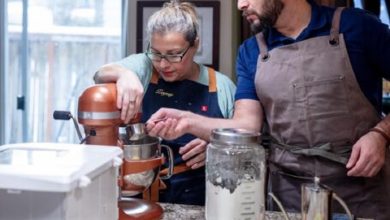Arayes Lahmeh (Stuffed Meat Pita): A Step-by-Step Traditional Recipe
Learn How to Make This Delicious Middle Eastern Street Food at Home — Crispy, Juicy, and Packed with Flavor
“Arayes Lahmeh” is a beloved street food dish across the Arab world, particularly in Lebanon, Palestine, Jordan, and Syria. It combines the crunch of toasted pita bread with the juiciness of spiced ground meat, often served with yogurt or tahini sauce. Whether grilled, baked, or pan-fried, Arayes are quick, flavorful, and ideal for family dinners or gatherings.
Here’s how to make Arayes Lahmeh at home — step by step!
Ingredients:
-
4 large pita breads
-
500g (1 lb) ground lamb or beef
-
1 small onion, finely grated
-
2 cloves garlic, minced
-
1 small tomato, finely chopped
-
¼ cup fresh parsley, finely chopped
-
1 tsp ground cumin
-
½ tsp allspice
-
½ tsp paprika or chili flakes (optional)
-
Salt and pepper to taste
-
Olive oil or ghee for brushing

Step-by-Step Instructions:
Step 1: Prepare the Meat Filling
In a large bowl, combine the ground meat, grated onion, garlic, tomato, parsley, and spices. Mix well with your hands until the ingredients are fully blended. This mixture should be well-seasoned and slightly sticky.
Step 2: Cut and Fill the Pitas
Cut each pita bread in half to create two pockets, or leave them whole and slice them open like a sandwich. Spoon 2–3 tablespoons of meat mixture into each pita, spreading it evenly and pressing it flat so it cooks uniformly.
Step 3: Brush with Oil
Lightly brush both sides of each filled pita with olive oil or ghee. This will help them turn golden and crispy when cooked.
Step 4: Cook the Arayes
You can cook them in several ways:
-
Grill: Place them on a hot grill for 3–4 minutes on each side.
-
Oven: Bake at 200°C (390°F) for 15–20 minutes, flipping halfway through.
-
Pan-Fry: Cook in a skillet over medium heat, pressing down gently until both sides are browned.
Step 5: Serve and Enjoy
Serve hot with plain yogurt, tahini sauce, or pickles. Arayes make a perfect appetizer, snack, or even a light main course.

Tips for Best Results:
-
Use a mix of lamb and beef for extra flavor.
-
Avoid overfilling the pita to prevent it from breaking or becoming soggy.
-
For a spicier version, add a bit of chili paste or harissa to the meat mix.
Arayes Lahmeh is a simple yet incredibly flavorful dish that reflects the warmth and richness of Arab cuisine. Whether you’re introducing it to new guests or recreating a family favorite, this recipe brings a taste of the Middle East right to your kitchen.



